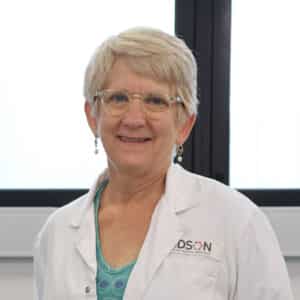The mysteries of male infertility lie at the heart of many couples' inability to conceive, however scientists at Hudson Institute of Medical Research have identified a protein which could play a crucial role in the process.
Around one-in-20 couples experiences infertility and in half of those cases, it is due to a problem with the male reproductive system.
Professor Kate Loveland from Hudson Institute's Centre for Endocrinology and Reproductive Health, said there is no 'cure' for male infertility, but her latest research has pinpointed the essential role that the importin 5 protein (IPO5) plays in sperm formation.
"Although artificial reproductive technologies can be employed to bypass problems preventing normal fertility in some cases, there remains no explanation for between 15 and 30 per cent of cases," Prof Loveland said.
"Being able to identify possible downstream targets of IPO5 that are required for normal male fertility can help us figure out what the real underlying cause is for many infertile men," she said.
Mechanisms of testis development and sperm formation
The Testis Development and Male Germ Cell Biology research group, led by Prof Loveland investigates the fundamental mechanisms that underpin testis development, to identify what molecular switches are needed to produce healthy sperm from their precursors, primitive germ cells that first form in the fetus.

That is where IPO5 comes in: this is the first time an importin protein has been implicated as vital for survival of the earliest sperm precursors in mammals, with the identification of its cargo having the potential to explain male infertility.
Its significance is illustrated by the Society for the Study of Reproduction selecting this research paper as its "Editor's Choice" for the monthly edition of its journal, Biology of Reproduction.
Drs Julia Young and Penny Whiley led the work on this project. A key to this discovery was the use of Hudson Institute's unique mouse model which was developed through a collaboration spanning three Australian research institutions.







